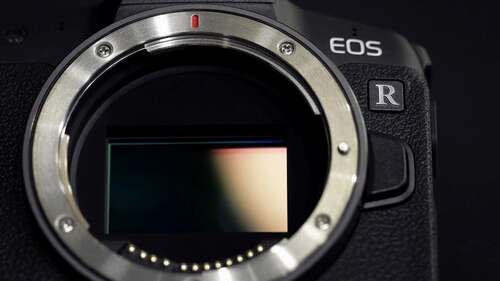
The field of view is often the most significant difference when transitioning from a cropped-sensor camera to a full-frame one (or vice versa). Cropped-frame cameras have a narrower field of vision than their full-frame counterparts.
For example, the photo above shows the image a camera would capture depending on its sensor size. Even with the same lens focal length and position, a full-frame camera captures more of the view than an APS-C or MFT camera.
So, if you have a 50 mm lens attached to a Nikon camera with an APS-C sensor, it would look like you’re using a 75 mm lens, as the cropped sensor zooms technically zooms the image you see to 1.5x magnification.
Nevertheless, a cropped sensor isn’t automatically a disadvantage. Although it limits how wide you can see, especially if you want to use wide-angle lenses like 16-35mm or fish-eye lenses, the cropped sensor camera is an excellent option for those who are into long-range photography.
For example, sports photographers must stay behind in the stands, so a cropped-sensor camera will give them an advantage as it allows them to get closer to the action with a 180-600mm zoom lens (equivalent to around 270-900mm in APS-C cameras) than a similar full-frame camera could. It also extends the reach of wildlife and bird photographers, allowing them to take intimate images of wild creatures without disturbing them or putting the photographer in danger.

